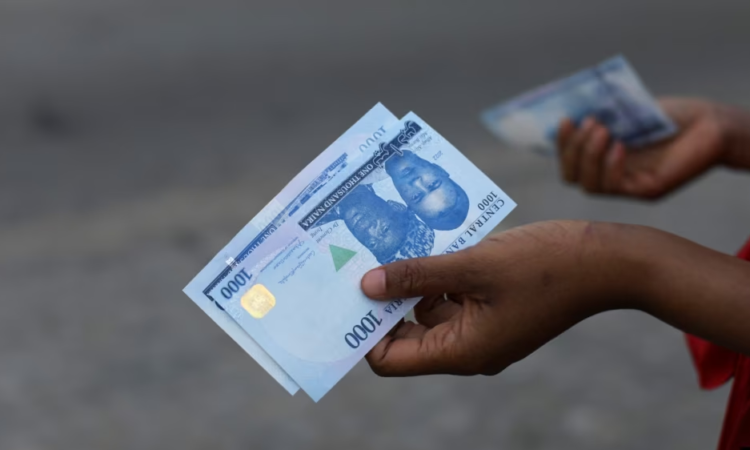
A new report by the World Bank has listed the naira among the worst-performing currencies in Sub-Saharan Africa in 2024.
According to the latest edition of the report, Africa’s Pulse, as of the end of August 2024, the naira had depreciated by approximately 43 per cent year-to-date, making it one of the region’s weakest currencies alongside the Ethiopian birr and South Sudanese pound.
It attributed the depreciation of the naira to factors including surging demand for United States dollars in the parallel market, limited dollar inflows, and delays in foreign exchange disbursements by the Central Bank of Nigeria (CBN).
Further details of the report showed that demand for dollars, driven by financial institutions, non-financial end-users, and money managers, had exacerbated the pressure on the naira.
It noted, “By August 2024, the Ethiopian birr, Nigerian naira, and South Sudanese pound were among the worst performers in the region. The Nigerian naira continued losing value, with a year-to-date depreciation of about 43 per cent as of end-August.
“Surges in demand for US dollars in the parallel market, driven by financial institutions, money managers, and non-financial end-users, combined with limited dollar inflows and slow foreign exchange disbursements to currency exchange bureaus by the central bank explain the weakening of the naira.”
This situation has persisted despite some foreign exchange market reforms introduced by the Nigerian government, including the liberalization of the official exchange rate that began in June 2023.
However, these efforts have so far been insufficient to stabilize the currency.
The naira’s struggle reflects broader economic challenges in Nigeria, including limited foreign currency reserves and ongoing inflationary pressures.
The report also notes that the naira’s depreciation has contributed to higher domestic prices, particularly for imported goods, compounding the difficulties for Nigerian consumers.
In contrast, some African currencies that faced challenges in 2023, such as the Kenyan shilling and South African rand, have shown signs of recovery this year.
The Kenyan shilling, for instance, strengthened by 21 per cent year-to-date by the end of August 2024, marking it as one of the region’s top performers.
Despite this, foreign exchange shortages and exchange rate pressures remain a significant concern for many African economies.
The World Bank also offered a cautious outlook for Nigeria’s economic growth, projecting that its Gross Domestic Product will expand by 3.3 per cent in 2024 and slightly accelerate to 3.6 per cent in 2025-2026.
